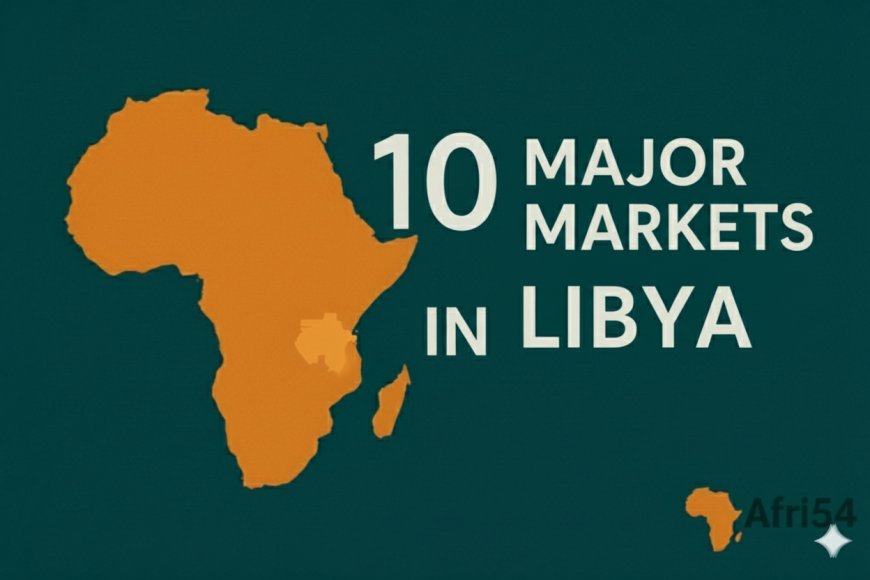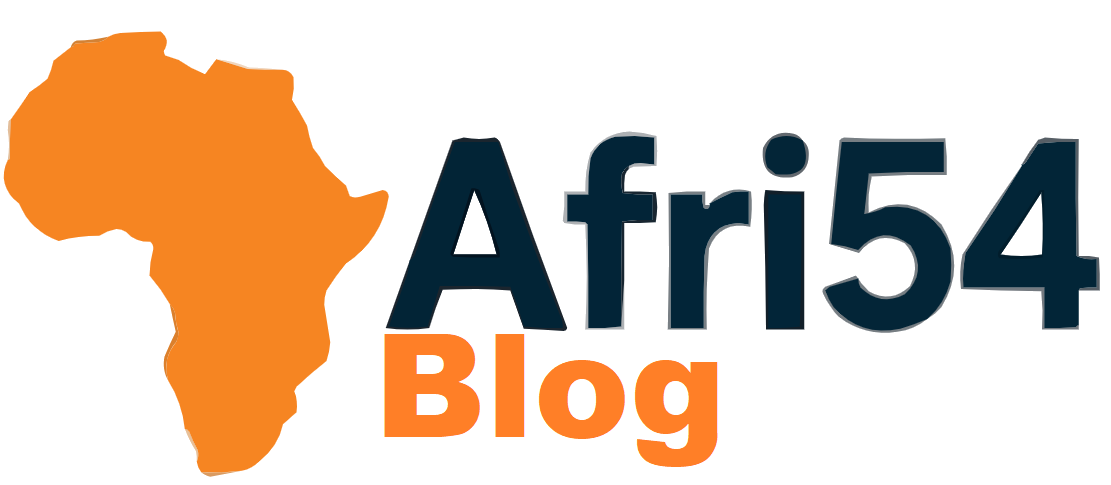10 Major Markets in Libya
Explore the 10 major markets in Libya, from Tripoli’s Souq al-Mushir to Misrata and Sabha. Discover Libya’s vibrant trade, traditional crafts, and cultural heritage through its bustling markets.

Reading Time: ~8 minutes
Libya, located in North Africa, has a long history of trade influenced by its strategic location along the Mediterranean coast and the Sahara Desert routes. Despite political and economic challenges, markets across Libya continue to thrive as vital centers for daily life, commerce, and culture. These markets are filled with textiles, spices, gold, fresh produce, livestock, handicrafts, and imported goods, reflecting the country’s mix of Arab, Berber, and Mediterranean traditions.
Here are 10 major markets in Libya that highlight the nation’s vibrant trading culture.
1. Souq al-Mushir (Tripoli)
Located in Tripoli’s old medina, Souq al-Mushir is one of the most famous markets in Libya. It is best known for gold, silver jewelry, textiles, and traditional clothing.
2. Souq al-Turk (Tripoli)
A historic Ottoman-era market, Souq al-Turk is popular for spices, carpets, perfumes, and handmade crafts. It’s a cultural attraction for both traders and visitors.
3. Souq al-Jumaa (Tripoli)
This bustling market specializes in fresh produce, livestock, clothes, and electronics. It is one of the busiest open-air markets in the capital.
4. Souq al-Khoms (Al Khoms)
Located in the coastal city of Al Khoms, this market is known for fish, grains, fruits, and handmade crafts, serving as the main commercial hub of the region.
5. Souq Benghazi (Benghazi)
Benghazi’s largest market, Souq Benghazi offers clothing, food items, fabrics, and household goods. It plays a crucial role in supplying eastern Libya.
6. Souq al-Dreebi (Benghazi)
One of the oldest in Benghazi, this market is famous for shoes, clothes, spices, and perfumes. It’s a favorite spot for affordable shopping.
7. Souq Sabha (Sabha)
Situated in southern Libya, Souq Sabha is a key trading point for livestock, dates, desert spices, and Tuareg crafts, linking Libya with sub-Saharan trade routes.
8. Souq al-Zawia (Zawiya)
Known for its fresh produce, fish, clothing, and household goods, Souq al-Zawia serves both locals and nearby coastal communities.
9. Souq Derna (Derna)
This market is central to trade in eastern Libya. It is famous for fish, olives, fruits, and traditional crafts.
10. Souq Misrata (Misrata)
As Misrata is one of Libya’s largest cities, its central market is a hub for imported goods, fabrics, gold, electronics, and agricultural products.
Why Libya’s Markets Are Important
Markets in Libya are not only centers for trade but also social and cultural spaces. They preserve traditional crafts, encourage entrepreneurship, and connect Libya with wider regional trade across North Africa and the Mediterranean.
Final Thoughts
From Tripoli’s historic Souq al-Mushir to Sabha’s desert trading hub, Libya’s markets tell the story of resilience and culture. These markets continue to thrive as meeting points for communities and traders despite modern challenges.
Have you listed your business on Afri54?
Afri54 exists to solve a fundamental challenge faced by millions of African businesses: lack of visibility. Whether you're an automobile part seller in Lagos, a local attire manufacturer in Kigali, a coffee exporter in Addis Ababa, or a mobile phone supplier in Accra, you deserve to be seen.
👉 Join now


















